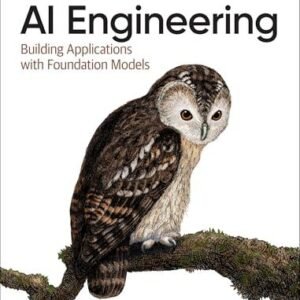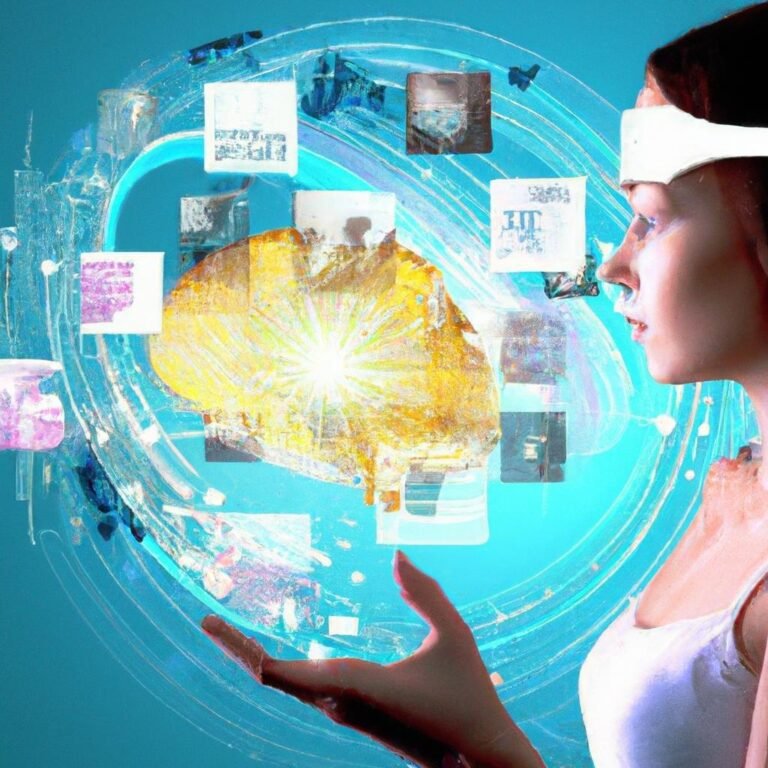In recent years, the landscape of education has undergone a radical transformation, driven by technological advancements that seek to create more engaging, immersive, and personalized learning experiences. Among these groundbreaking technologies, Augmented Reality (AR) and Virtual Reality (VR) have emerged as powerful tools that can transcend traditional classroom boundaries, allowing educators to simulate real-world environments and experiences. Enter Artificial Intelligence (AI), a complementary force that amplifies the potential of AR and VR in education. By harnessing machine learning algorithms and intelligent systems, educators can now tailor educational content to individual learning styles, analyze student performance in real-time, and create interactive lessons that are not only informative but also captivating. In this article, we will explore the synergy between AI, AR, and VR, examining how this dynamic trio is reshaping the future of education and unlocking new possibilities for learners of all ages. Whether you are an educator, administrator, or simply curious about the future of learning, you won’t want to miss this deep dive into the transformative impact of these innovative technologies.
Table of Contents
- Exploring the Synergy Between AI and Immersive Learning Technologies
- Transforming Classroom Experiences Through Augmented Reality
- Virtual Reality as a Tool for Personalized Education
- Best Practices for Implementing AI-Driven AR and VR Solutions in Schools
- To Wrap It Up
Exploring the Synergy Between AI and Immersive Learning Technologies
As artificial intelligence continues to evolve, its integration with immersive learning technologies like augmented reality (AR) and virtual reality (VR) offers transformative potential for educational environments. AI-driven algorithms can personalize learning experiences by adapting content based on individual student performance, learning styles, and engagement levels. This not only fosters a more immersive experience but also ensures that each student receives tailored guidance, enhancing retention and understanding. For instance, an AI-powered AR application can analyze how students interact with virtual elements in real time, adjusting the difficulty of tasks and providing instant feedback to keep learners motivated and on track.
Moreover, the fusion of AI with AR and VR creates rich, interactive scenarios that simulate real-world environments, allowing learners to immerse themselves in practical applications of their studies. By leveraging AI, these simulations can become increasingly sophisticated, dynamically incorporating elements based on real-world data and user interactions. Key benefits of this integration include:
- Enhanced engagement: Students are more likely to be absorbed in their learning when they can interact with realistic scenarios.
- Collaborative learning: AI can facilitate group activities in virtual spaces, promoting teamwork and communication skills.
- Real-time analytics: Educators can access valuable insights into student progress and behavior, allowing for timely interventions.
Transforming Classroom Experiences Through Augmented Reality
Augmented reality (AR) is revolutionizing classroom interactions, making learning more immersive and engaging. This technology allows students to visualize complex concepts in ways that traditional methods cannot. Imagine a biology lesson where students can interact with a 3D model of the human brain, rotating and examining each part as if it were right in front of them. With AR, educational environments transform into interactive landscapes, where learning transcends the confines of a textbook. Key benefits of integrating AR in the classroom include:
- Enhanced Engagement: Students are drawn to the dynamic nature of AR, sparking curiosity and motivation.
- Personalized Learning: Teachers can tailor AR experiences to meet individual learning styles and paces.
- Real-World Connections: AR bridges the gap between theory and practice, illustrating concepts through real-life applications.
As AR continues to evolve, educators can harness its full potential by incorporating artificial intelligence (AI) elements to enhance learning experiences. AI can customize AR applications based on student performance, analyzing interactions to deliver personalized content that meets specific learning needs. For example, AI can track which concepts students struggle with and suggest AR modules specifically designed to tackle those challenges, creating a feedback loop that fosters improvement. Here’s a simple comparison of traditional teaching versus AR-enhanced learning:
| Traditional Learning | AR-enhanced Learning |
|---|---|
| Textbook-based learning | Interactive 3D models |
| Static lectures | Dynamic visualizations |
| Limited engagement | Increased participation |
Virtual Reality as a Tool for Personalized Education
Virtual reality (VR) is transforming the educational landscape by creating immersive experiences tailored to individual learners’ needs. This personalized approach allows students to engage with content that resonates with their unique learning styles. For instance, a visual learner can benefit from immersive simulations that provide rich visual cues, while kinesthetic learners can interact with 3D models in a virtual space, fostering a deeper understanding of complex subjects. In this environment, learners are not passive consumers of information, but active participants in their education, able to explore concepts at their own pace.
In addition to fostering engagement, VR-enabled personalized education can address various challenges faced by diverse student populations. By integrating adaptive learning algorithms, educational software can analyze students’ interactions and adjust the content dynamically, ensuring that learners grasp key concepts effectively. This technology also facilitates collaborative learning, where students from varied backgrounds can connect in virtual classrooms, sharing perspectives and insights in a safe, controlled setting. Here are some benefits of using VR for personalized education:
- Customizable Learning Environments: Tailor experiences to individual preferences.
- Real-Time Feedback: Immediate insights into performance and understanding.
- Increased Motivation: Gamification elements enhance engagement.
- Accessibility: Overcome geographical and physical barriers to education.
| Feature | Description |
|---|---|
| Interactive Simulations | Real-world scenarios for practical learning. |
| Personalized Assessments | Tailored quizzes aligned with student progress. |
| Collaborative Platforms | Group projects in a virtual environment. |
Best Practices for Implementing AI-Driven AR and VR Solutions in Schools
To effectively integrate AI-driven AR and VR solutions in educational settings, it is essential to focus on collaboration between educators and technology developers. This partnership ensures that the tools created are not only cutting-edge but also pedagogically sound. Educators should be involved in the design process, providing insights on curriculum integration and student needs. Moreover, ongoing professional development is crucial; teachers must be trained not only to use these technologies but to adapt their teaching methods to harness their full potential. This can be supported through:
- Regular workshops and training sessions
- Creating a network for sharing best practices
- Offering resources and support for troubleshooting
It’s also vital to prioritize user experience during the implementation phase. A seamless and engaging experience can significantly enhance learning outcomes. School districts should consider pilot testing AR and VR solutions before a full-scale rollout, allowing them to gather valuable feedback from both students and teachers. This can be complemented by establishing clear evaluation metrics to assess effectiveness, including:
| Evaluation Metric | Description |
|---|---|
| Engagement Levels | Measure student interaction and interest |
| Learning Outcomes | Assess improvements in knowledge retention |
| Collaboration Skills | Evaluate group work and communication among peers |
To Wrap It Up
As we look to the future of education, it’s clear that the integration of AI with augmented reality (AR) and virtual reality (VR) is not just a trend—it’s a transformative movement that is reshaping the way we teach and learn. These technologies, powered by advanced AI algorithms, create immersive, interactive experiences that engage students in ways that traditional methods cannot.
From personalized learning paths to inclusive environments that cater to diverse needs, the potential for AR and VR in education is immense. By harnessing the capabilities of AI, we can develop tools and experiences that not only enhance cognitive retention but also spark curiosity and foster a lifelong love of learning.
As educators and institutions increasingly embrace these innovative technologies, it’s essential to remain mindful of their ethical implications and accessibility issues to ensure that all students can benefit from the advancements we make.
as we navigate this exciting frontier, we have a unique opportunity to redefine education for the better. By prioritizing collaboration between educators, technologists, and policymakers, we can create a future where learning is not just a task but an engaging journey—one where every student has the chance to thrive in an ever-evolving world.
Thank you for joining us in exploring the remarkable intersection of AI, AR, and VR in education. Let’s continue to push the boundaries of what’s possible and inspire the next generation of learners.





